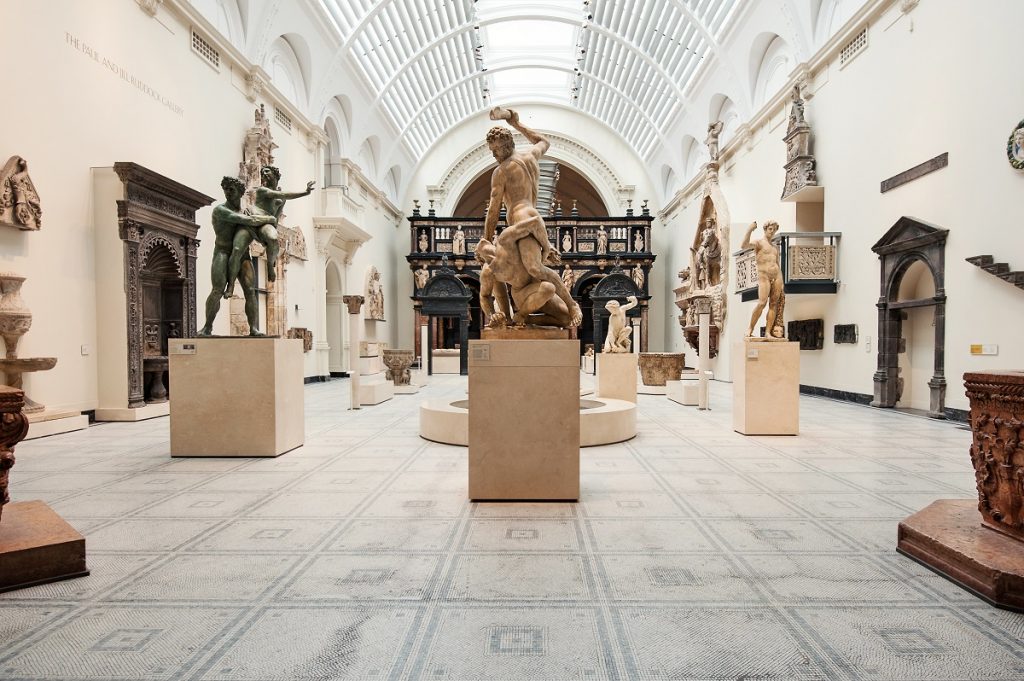Museums provide people with a perspective on the history of the world. The establishments play a crucial role in telling the stories of the past to people in this generation and the future. Because of their ties to history, museums often have important pieces and collections that might need protection from human touch. The absence of interaction used to make it difficult for people to gain full experience inside the establishment. However, technology manages to find a way around the prohibition, making museums much more attractive to tourists and locals compared to their earlier years.
Here are a few technological innovations that helped museums grow into must-visit places for everyone who values history.
Audio Guides
Museums offer people a glimpse of the past. The problem often lies in the word “glimpse” because it only involves sight. If you are a fan of history, you will be looking for an explanation of how an artifact plays a vital role during its time. Tourist guides can only provide enough information for a group of people to hear.
If you want every visitor in the museum to learn about it, the establishment will benefit from audio guides. Recorded tapes sharing the details of an artifact’s story can help the visitors understand the importance of it. You will be able to attract customers when you provide them with the knowledge that should come with the historical mark.
Interactive Displays

Museums of the past are often one-dimensional. You are only able to appreciate the artifacts’ beauty from afar. There usually is a red belt around important pieces to prevent visitors from coming into contact with them. Less interaction means less engagement, which could make trips to museums a one-time visit for most tourists.
If you want to keep customers returning to the establishment, you should let them interact with the items. Fragile pieces will come with a caution, which means that there will be a lot of untouchable items on display. However, you can let visitors feel or touch some of the artworks to give them a full experience. You can start with costumes from the past. Soldier uniforms, weapons display, and other significant devices can be photo session temptations. If you let the customers interact with a piece of history, you might find them returning after a satisfying experience at the museum.
Augmented and Virtual Reality
Technology has a way of making its mark on museums. However, there is no combination better than history and a piece of customized reality. Augmented and virtual reality provides visitors with a way to step away from their imaginations and dive into how the people in the past use the artifacts. They will be able to learn more about how a specific piece of history is applicable during its prime. They will also figure out who is using a valuable piece of weaponry. You should consider finding AR and VR developers in Miami to help you provide museum visitors with a deeper glimpse of the past.
Some things are best left to the imagination, but museums must thrive in the digital age. If you want to make the establishment more significant, you should consider adding these technological innovations to the collection. You should allow your customers to experience and learn about the artifacts you have on display.

